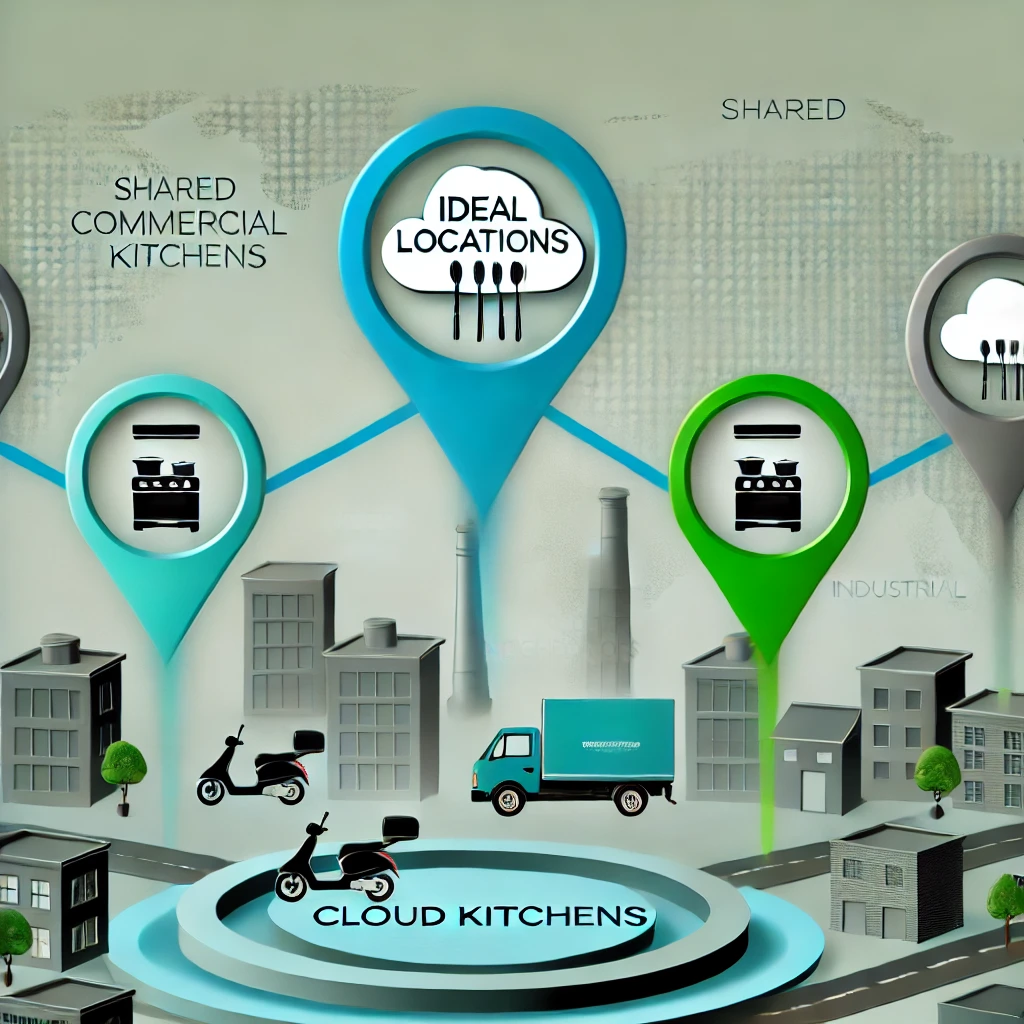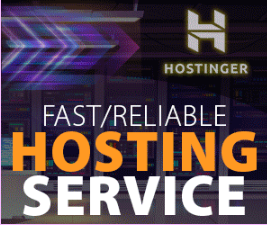Table of Contents
ToggleIntroduction
1. Importance of Location for Cloud Kitchen Success
The location of your cloud kitchen impacts your delivery efficiency and operational costs. Even without foot traffic, strategic placement ensures fast deliveries, satisfied customers, and increased profitability.
Why Location Matters:
- Faster delivery enhances customer satisfaction and platform rankings.
- Lower operational costs reduce rent and utilities.
- Proximity to high-demand areas ensures a steady order flow.
- Delivery platform algorithms prioritize locations with quick delivery times.
2. Key Factors to Consider When Choosing a Location
Select a location that optimizes delivery efficiency while balancing rent and operational expenses.
Factors to Consider:
- Delivery Radius: Aim for a 5-10 km delivery area to minimize delays.
- Rent Costs: Choose affordable spaces without compromising proximity to demand centers.
- Customer Density: Look for neighborhoods with frequent food delivery orders.
- Traffic and Accessibility: Avoid congested areas that delay deliveries.
- Delivery Platform Hubs: Ensure proximity to food aggregator delivery zones.
3. Best Urban Locations for Cloud Kitchens
Urban centers offer consistent demand from professionals, residents, and tourists.
Top Urban Areas for Cloud Kitchens:
- Downtown Areas: Ideal for office lunch orders and dinner deliveries.
- Residential Neighborhoods: Family orders peak during weekends and evenings.
- Business Districts and College Campuses: Frequent orders from professionals and students ensure steady income.
4. Suburban Locations with High Delivery Potential
Suburban areas offer affordable rent while catering to growing delivery needs.
Benefits of Suburban Locations:
- Lower Rent: Affordable spaces compared to urban centers.
- Growing Demand: Suburbs have limited restaurant options, driving delivery demand.
- Target Audience: Families and working professionals prefer convenient delivery services.
5. Industrial Areas for Affordable Kitchen Space
Industrial zones provide large spaces at lower rental costs, ideal for cloud kitchens focused on bulk orders.
Why Industrial Zones Work:
- Low Rent: Warehouses offer cost-effective space.
- Ideal for Large Operations: Suitable for kitchens preparing high-volume orders.
- No Dependence on Foot Traffic: Focus entirely on delivery efficiency.
6. Shared Commercial Kitchens and Co-Kitchen Spaces
Shared spaces offer flexibility and low overheads, perfect for startups and small cloud kitchens.
Benefits of Shared Spaces:
- Lower Costs: Rent is divided among multiple businesses.
- Flexibility: Ideal for testing new concepts without long-term commitments.
- Networking Opportunities: Collaborate and learn from other food entrepreneurs.
7. Proximity to Delivery Platforms and Aggregator Networks
Being close to food aggregator hubs ensures better visibility and faster delivery times.
Aggregator Location Benefits:
- Faster deliveries improve customer ratings and platform rankings.
- Reduced delivery times attract repeat customers.
- Delivery platforms prioritize listings near their driver hubs.
8. Traffic and Logistics Considerations
Traffic conditions and delivery logistics are critical to cloud kitchen success.
Plan for Logistics:
- Avoid locations prone to traffic jams during peak hours.
- Choose spaces with direct access to highways.
- Plan for delays during bad weather or special events.
9. How to Evaluate a Location’s Profitability
Assess potential profitability by comparing rent costs with delivery demand.
How to Evaluate Profitability:
- Use analytics tools to track food delivery trends.
- Review delivery platform data to identify high-demand areas.
- Calculate the potential return on investment based on operational costs and projected revenue.
Conclusion
Choosing the right location for your cloud kitchen is critical to minimizing costs and maximizing profits. Urban centers, suburban areas, industrial zones, and shared kitchens all offer unique advantages. Focus on fast delivery times, affordable rent, and access to customers to ensure your cloud kitchen thrives in the competitive food delivery market.



